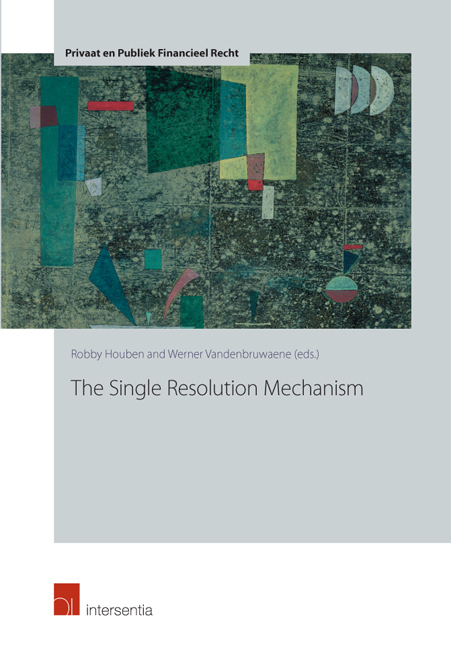1 results in Privaat en Publiek Financieel Recht

The Single Resolution Mechanism
-
- Published by:
- Intersentia
- Published online:
- 25 September 2018
- Print publication:
- 29 September 2017

